
Nature
11:30, 02-Oct-2017
Discovery in Sanjiangyuan National Park: Live with nature
By CGTN's TAO Yuan
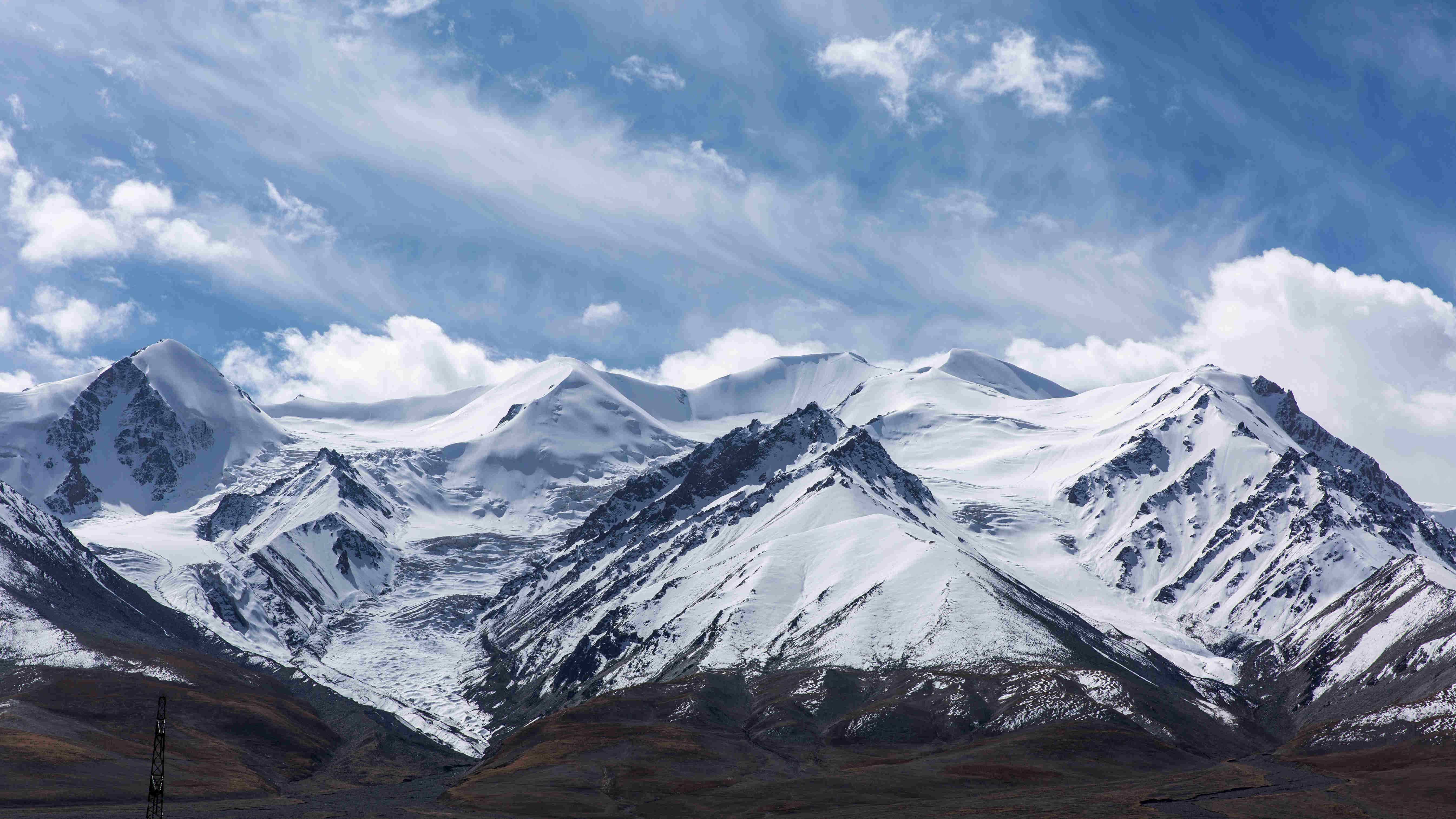
High on the Qinghai-Tibet Plateau, with an average altitude of over 4,500 meters, lies China’s first national park, Sanjiangyuan, or Source of Three Rivers, referring to the area’s role as the headwaters of China’s three largest rivers – the Yellow, Yangtze, and Lancang (known downstream as the Mekong).
Dubbed the Third Pole, or China’s water tower, the region dictates China’s ecosystem and exerts influence on that of the world. The establishment of the national park in April 2016, represents China’s latest big push for a greener future. Sanjiangyuan National Park spans an area of more than 120,000 square kilometers, 13 times larger than the Yellowstone in the US, the first national park in the world established in 1872.
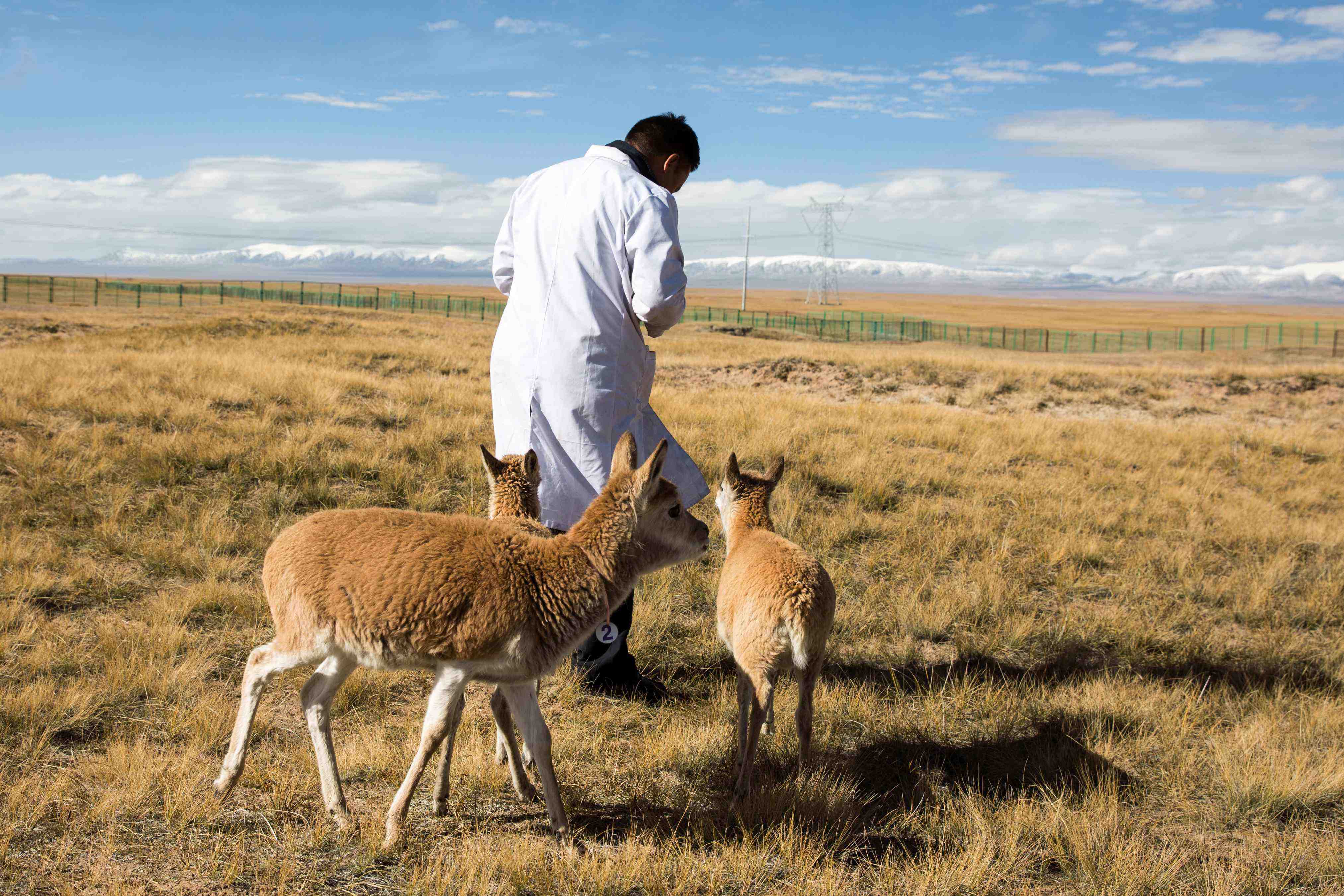
Orphaned Tibetan antelopes are often taken care of by humans, then released into the wild. /CGTN Photo
Orphaned Tibetan antelopes are often taken care of by humans, then released into the wild. /CGTN Photo
The region is home to a variety of land and aquatic animals, the exact number of which is still under research. The Tibetan antelopes, for instance, have been endangered because of poaching for a long time. Now, fewer than 75,000 are left in the wild. As more and more people are realizing the importance of the animal protection and fighting against poaching, the population of Tibetan antelopes is on the rise in recent years.
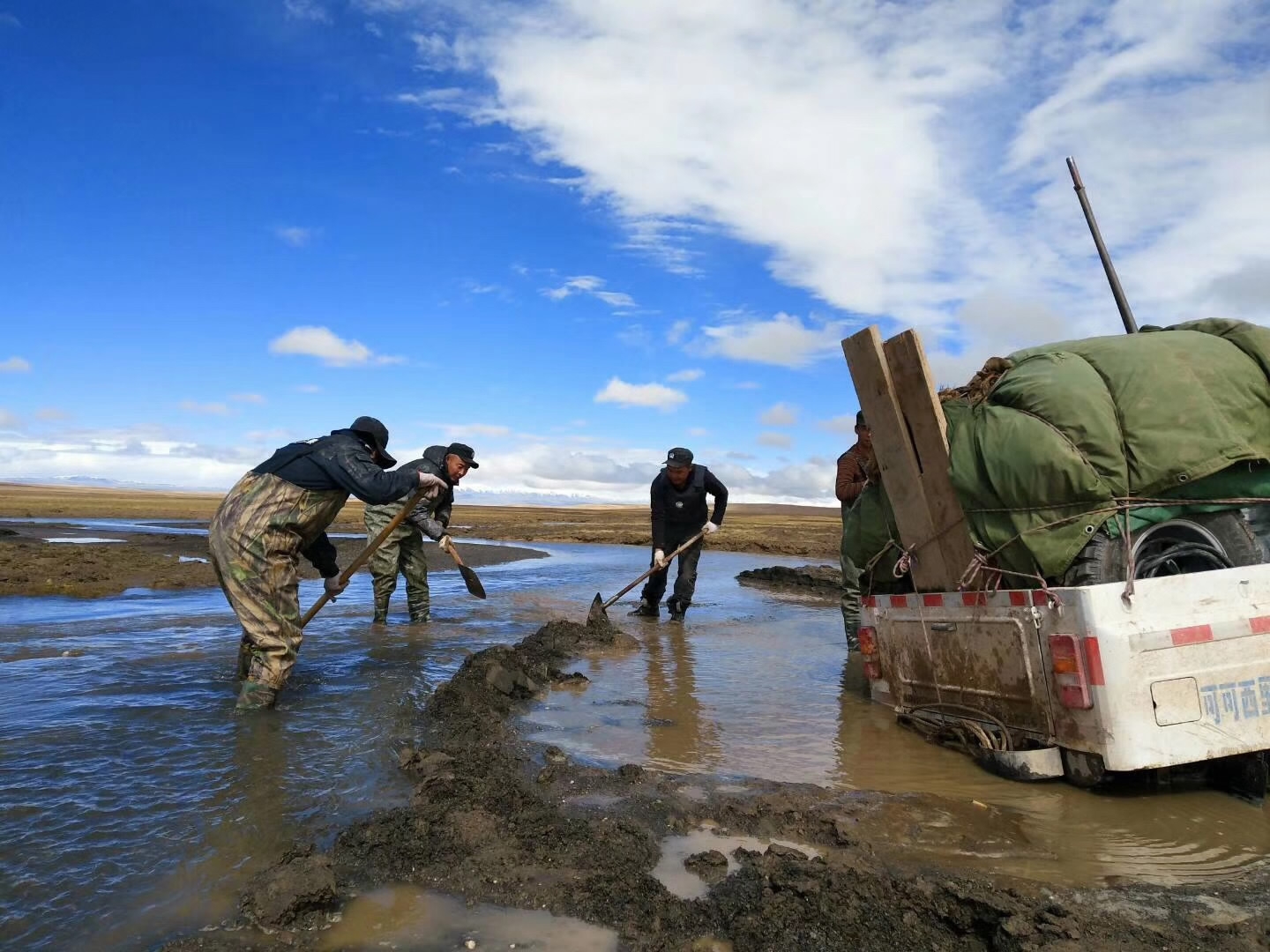
Rangers and forest police often have to brave harsh weather and terrain while on patrol. /CGTN Photo
Rangers and forest police often have to brave harsh weather and terrain while on patrol. /CGTN Photo
Unlike the unpopulated Yellowstone, Sanjiangyuan is home to towns and nomadic tribes. An overall plan for the development and management of national parks released recently said the inhabitants of the core regions of Sanjiangyuan National Park will be gradually relocated. Some ecological experts believe, however, human establishments, especially Tibetan nomadic tribes, have long been integrated into the ecological system of the region, and have been calling against relocation.

Sanjiangyuan National Park is home to Tibetan nomads. /CGTN Photo
Sanjiangyuan National Park is home to Tibetan nomads. /CGTN Photo
“They have become part of nature,” says Li Yuhan, a wildlife researcher with Shanshui Conservation Center, a Chinese local non-governmental organization.
Human-animal conflict remains an issue. A large number of nomadic settlements are within the range of wild animals, including bears and snow leopards. It’s common for the locals to lose their livestock to these endangered carnivores.
“My house was attacked six times this year by brown bears,” said one Tibetan herdsman from a village near the north source of the Yangtze. He left his house empty throughout the summer, herding his yaks at a faraway pasture. “Look at the mess it made,” he said, pointing to the smashed windows and bent doors.
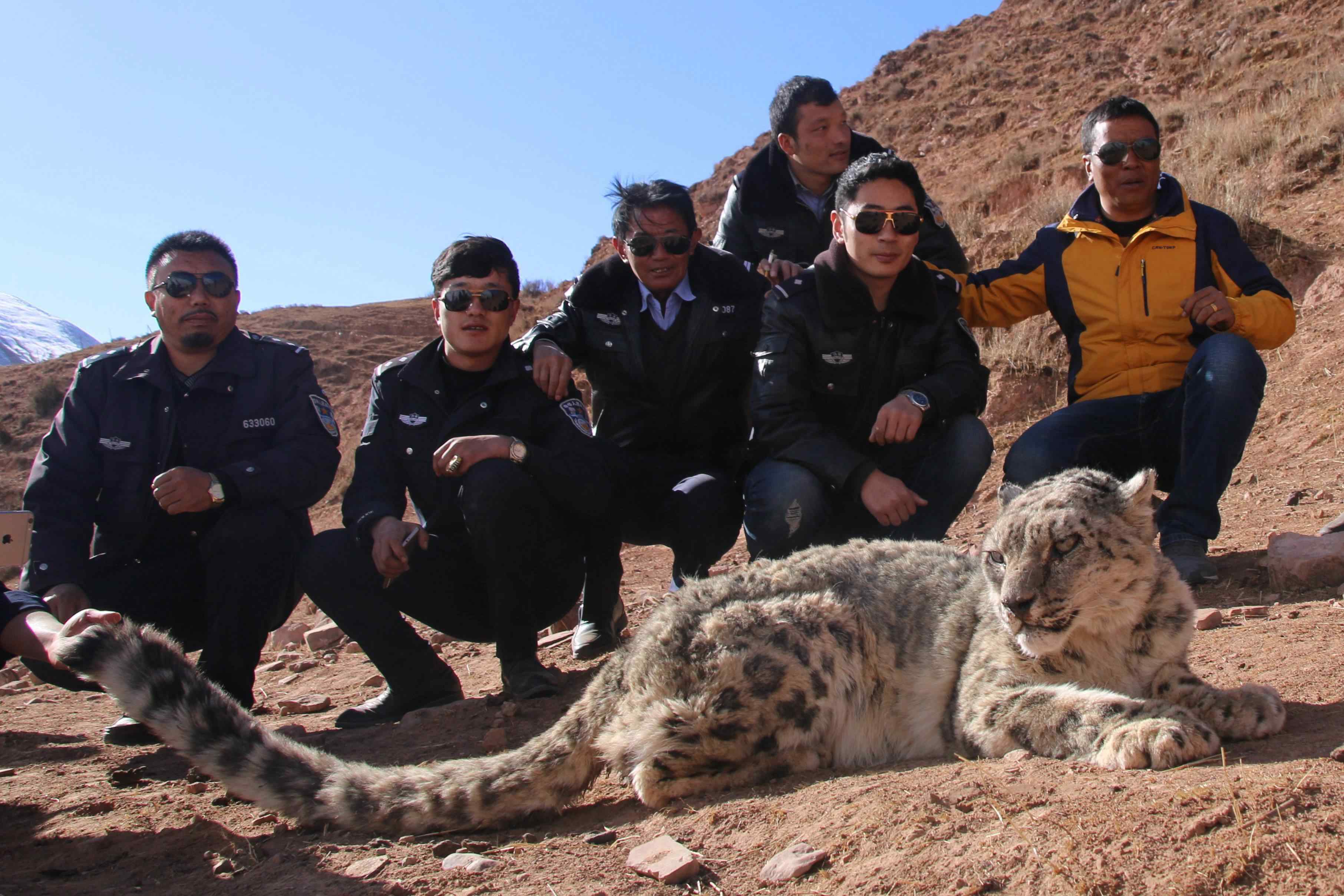
Locals and forest police released a snow leopard which invaded villagers’ sheep house (Photo credit: Sanjiangyuan National Park). /CGTN Photo
Locals and forest police released a snow leopard which invaded villagers’ sheep house (Photo credit: Sanjiangyuan National Park). /CGTN Photo
Local officials told CGTN the villagers get a compensation from the government for every livestock they lose, usually 2,000 to 3,000 yuan each, about half of the animals’ market worth. The villagers are also being enlisted as part-time rangers in exchange for a small wage.
“They won’t retaliate against the wild animals who hurt their livestock,” says Gesong, a village chief. “We Tibetans revere nature and life. We also have a strong sense of duty to protect our homeland.”
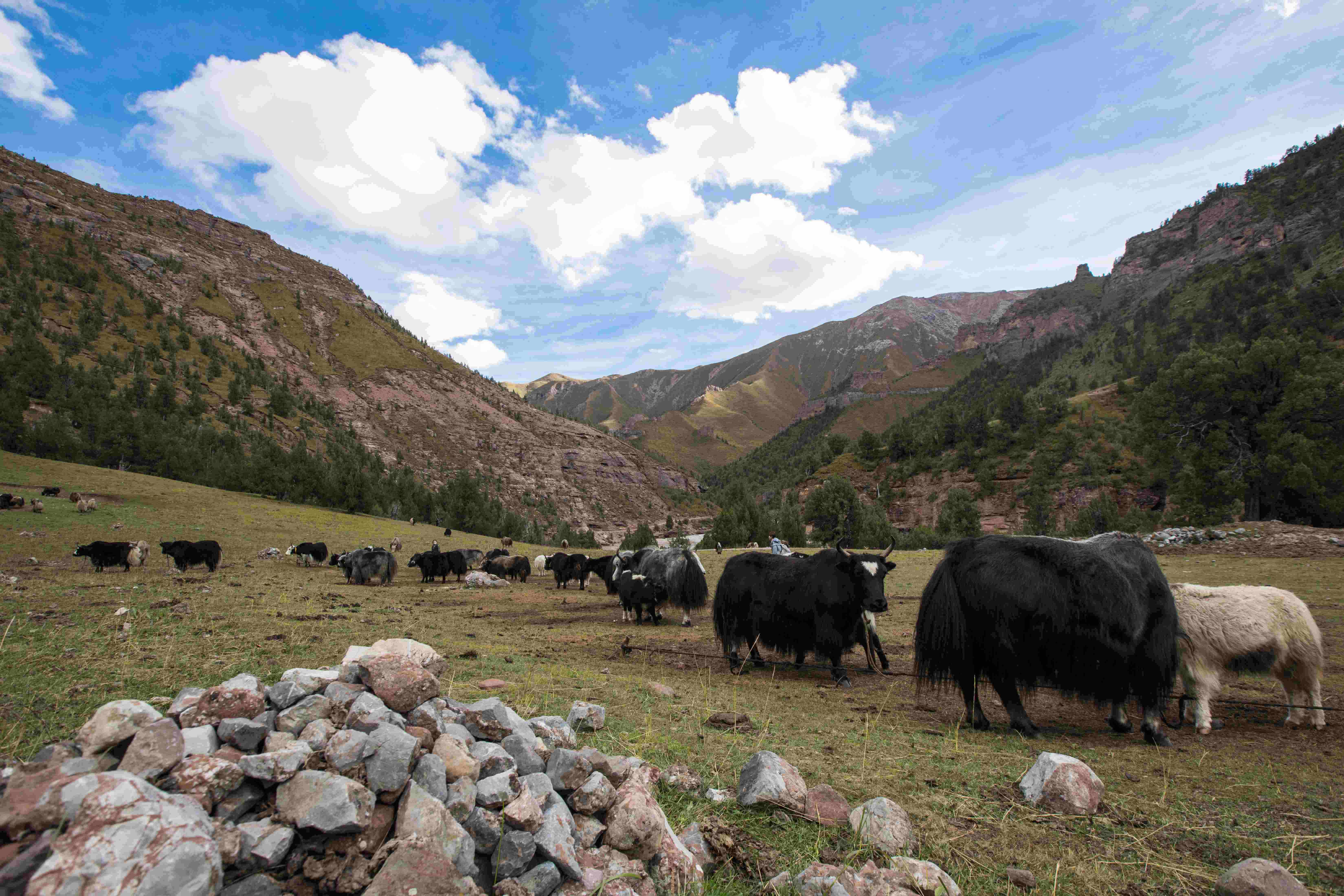
Sanjiangyuan National Park /CGTN Photo
Sanjiangyuan National Park /CGTN Photo
President Xi Jinping announced in 2013 that China would roll out a series of environmental reforms to achieve the goal of “ecological civilization.”
The idea of “national parks” is still new in China, and the unique demography, culture, and geography means experience from abroad may not always apply.
“There’s going to be a lot of trial and error,” said one park official. “Later we may realize many things we are doing now are wrong. But still, we are making an effort.”

SITEMAP
Copyright © 2018 CGTN. Beijing ICP prepared NO.16065310-3
Copyright © 2018 CGTN. Beijing ICP prepared NO.16065310-3